Logging While Drilling and Measurement While Drilling: Exploring 2 Innovative Techniques
Logging While Drilling (LWD) and Measurement While Drilling (MWD) are two kinds of key techniques that have significantly contributed to the efficiency and accuracy of drilling processes. These innovative methods provide real-time data acquisition and analysis, enabling operators to make informed decisions and optimize drilling operations. In this article, we delve into the specifics of Logging While Drilling and Measurement While Drilling, their principles, applications, importance in the oil and gas industry and how simulation technology is applied in LWD and MWD.
What are Logging While Drilling and Measurement While Drilling
Logging While Drilling (LWD)
Understanding LWD
Logging While Drilling (LWD) is a technique that involves acquiring formation evaluation data while the drilling process is in progress. LWD tools are integrated into the bottomhole assembly (BHA) near the drill bit and continuously measure various formation properties as drilling progresses.
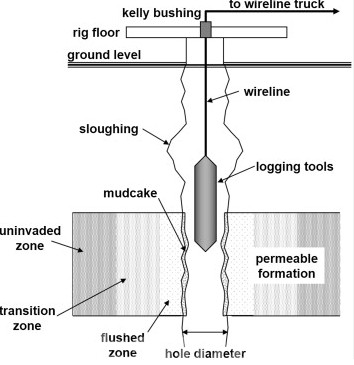
Applications of LWD
- Formation Evaluation: LWD is utilized for assessing reservoir properties and lithology in real-time, providing valuable information for reservoir characterization and wellbore placement.
- Hydrocarbon Detection: By identifying changes in formation properties indicative of hydrocarbon presence, LWD assists in detecting potential oil and gas reservoirs.
- Geosteering: LWD data is instrumental in guiding the wellbore trajectory through complex geological formations, optimizing reservoir contact and maximizing production potential.
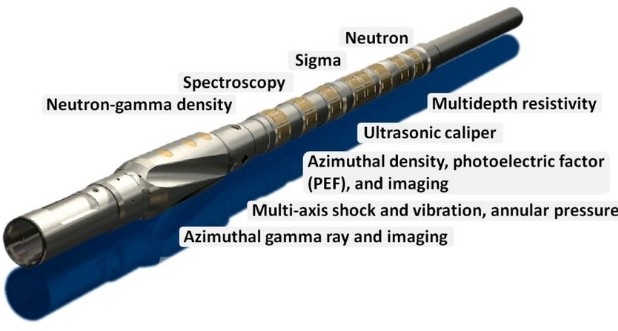
Measurement While Drilling (MWD)
Understanding MWD
Measurement While Drilling (MWD) involves the acquisition of drilling parameters and downhole measurements while the drilling process is underway. MWD tools are integrated into the BHA and provide real-time data on drilling parameters such as trajectory, speed, weight on bit, and torque.
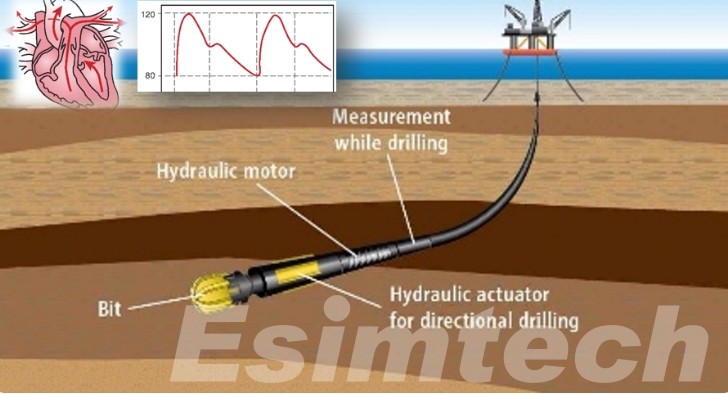
Applications of MWD
- Drilling Optimization: MWD data is used to optimize drilling parameters, including drill bit selection, weight on bit, and drilling fluid properties, to enhance drilling efficiency and minimize downtime.
- Geosteering and Wellbore Placement: MWD facilitates accurate wellbore placement within the reservoir, allowing operators to navigate through target zones and maximize hydrocarbon recovery.
- Formation Pressure Evaluation: MWD measurements provide insights into formation pressures and fluid properties, aiding in well control and reservoir management.
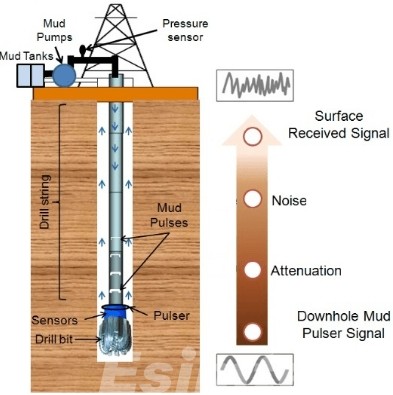
Importance of Logging While Drilling and Measurement While Drilling in Oil and Gas Exploration
1. Real-Time Data Acquisition
LWD: Offers real-time acquisition of formation evaluation data, including resistivity, gamma radiation, and porosity. This enables geoscientists and engineers to assess reservoir properties as drilling progresses.
MWD: Provides instantaneous monitoring of drilling parameters such as trajectory, weight on bit, and torque. This data is crucial for optimizing drilling operations and ensuring wellbore stability.
2. Enhanced Reservoir Understanding
LWD: Facilitates detailed reservoir characterization by continuously measuring formation properties. This allows for a better understanding of lithology, fluid content, and pore characteristics.
MWD: Contributes to reservoir understanding by providing insights into formation pressures, fluid properties, and geomechanical parameters. This information aids in well planning and reservoir management decisions
3. Geosteering and Wellbore Placement
LWD: Enables precise geosteering by providing real-time data on formation boundaries and hydrocarbon-bearing zones. This ensures accurate wellbore placement for optimal reservoir contact.
MWD: Assists in geosteering by monitoring drilling parameters and providing feedback on well trajectory. Operators can adjust drilling direction in real-time to navigate through complex formations and avoid hazards.
4. Drilling Efficiency and Cost Savings
LWD: Enhances drilling efficiency by identifying favorable drilling zones and optimizing well placement. This reduces drilling time, minimizes operational costs, and maximizes the economic potential of wells.
MWD: Improves drilling efficiency by optimizing drilling parameters and reducing non-productive time. Real-time monitoring allows for immediate adjustments to drilling operations, leading to cost savings and increased drilling productivity.
5. Risk Mitigation and Safety
LWD: Helps mitigate drilling risks by providing early detection of formation changes, fluid influxes, and drilling hazards. This allows operators to implement preventive measures and maintain wellbore integrity.
MWD: Contributes to safety by monitoring drilling conditions and alerting operators to potential risks in real-time. This proactive approach minimizes the likelihood of accidents and ensures the safety of personnel and equipment.
6. Maximizing Hydrocarbon Recovery
LWD: Plays a vital role in maximizing hydrocarbon recovery by identifying productive reservoir intervals and optimizing completion strategies. This leads to enhanced well performance and increased production yields.
MWD: Facilitates optimal well placement and reservoir management decisions, ultimately maximizing hydrocarbon recovery and extending the economic life of oil and gas fields.

Key Differences Between Logging While Drilling and Measurement While Drilling
Below is a chart outlining the key differences between Logging While Drilling and Measurement While Drilling.
| Aspect | Logging While Drilling (LWD) | Measurement While Drilling (MWD) |
| Purpose | Real-time acquisition of formation evaluation data | Real-time monitoring and control of drilling operations |
| Data Acquisition | Measures formation properties such as resistivity, gamma radiation | Measures drilling parameters like trajectory, weight on bit |
| Location of Tools | Integrated near the drill bit within the Bottom Hole Assembly (BHA) | Also integrated near the drill bit within the BHA |
| Type of Data Collected | Formation properties including resistivity, density, porosity | Drilling-related parameters like trajectory, weight on bit |
| Applications | Formation evaluation, geosteering, reservoir characterization | Drilling optimization, wellbore placement, geosteering |
| Benefits | Real-time formation evaluation, enhanced reservoir understanding | Real-time monitoring, improved drilling efficiency |
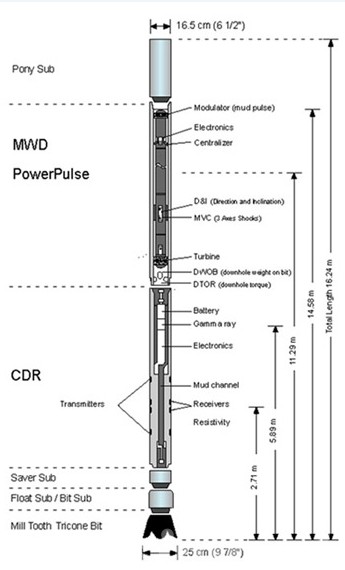
Simulation Technology Applied in Logging While Drilling and Measurement While Drilling
1. Simulation-Based Tool Design
Simulation technology allows for the virtual modeling and testing of MWD and LWD tools before physical deployment. Engineers can simulate various drilling scenarios, including different formation types, well trajectories, and drilling parameters, to optimize tool design for maximum performance and reliability. This ensures that MWD and LWD tools are robust enough to withstand harsh downhole conditions and accurately capture relevant data.
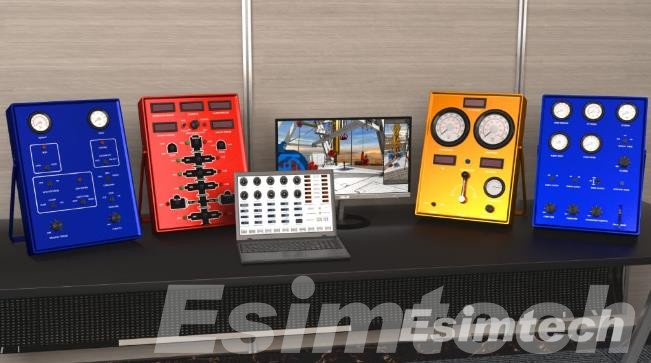
2. Enhanced Sensor Calibration
Accurate sensor calibration is essential for reliable data acquisition in MWD and LWD operations. Simulation technology enables precise calibration of sensors by modeling their responses to different formation properties and drilling conditions. By simulating sensor behavior in various scenarios, engineers can fine-tune calibration parameters to improve data accuracy and reliability in real-world drilling environments.
3. Real-Time Data Interpretation
Simulation-based algorithms are employed to interpret real-time data acquired during MWD and LWD operations. These algorithms utilize mathematical models and machine learning techniques to analyze sensor data and provide actionable insights into formation properties, wellbore stability, and drilling performance. By continuously updating and refining these algorithms based on simulated and real-world data, operators can make informed decisions to optimize drilling operations in real-time.
4. Geosteering and Wellbore Optimization
Simulation technology is utilized to simulate reservoir models and predict formation properties ahead of the drill bit during geosteering and wellbore optimization. By integrating real-time MWD and LWD data with reservoir simulations, operators can accurately steer the wellbore towards target zones, maximize reservoir contact, and optimize hydrocarbon recovery. This enables more efficient drilling trajectories and reduces the risk of drilling into undesirable formations or hazards.
5. Training and Skill Development
Simulation-based drilling training systems are developed to educate personnel on MWD and LWD operations in a simulated environment. Trainees can practice operating MWD and LWD tools, interpreting data, and making drilling decisions in realistic drilling scenarios without the risk of real-world consequences. This enhances the skills and proficiency of drilling crews, leading to safer and more efficient drilling operations in the field.
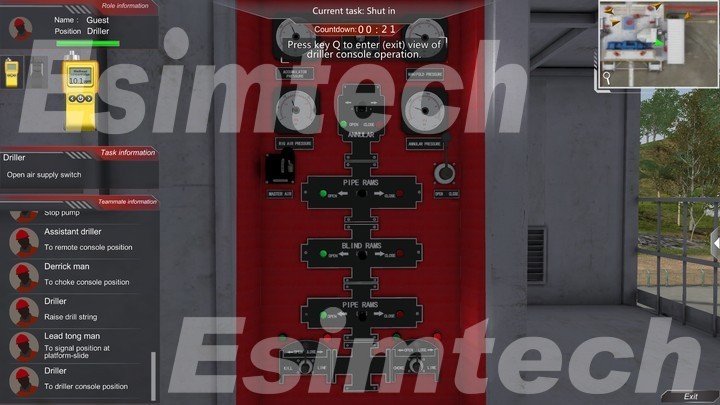
6. Risk Mitigation and Contingency Planning
Simulation technology is employed to simulate and analyze potential drilling risks and develop contingency plans for MWD and LWD operations. By modeling various failure scenarios, such as tool malfunctions, formation instability, or unexpected drilling conditions, operators can identify potential risks and develop mitigation strategies to minimize downtime and operational disruptions.
Conclusion
Logging While Drilling and Measurement While Drilling are integral components of modern oil and gas exploration, offering real-time insights into formation properties and drilling operations. The two technologies contribute to enhanced efficiency, optimized reservoir development, and maximized hydrocarbon recovery, ultimately driving the sustainable development of oil and gas resources.
Simulation technology used in LWD and MWD through simulation-based tool design, sensor calibration, data interpretation, geosteering optimization, training, and risk mitigation, operators can enhance drilling efficiency, reduce costs, and maximize reservoir exploration.
